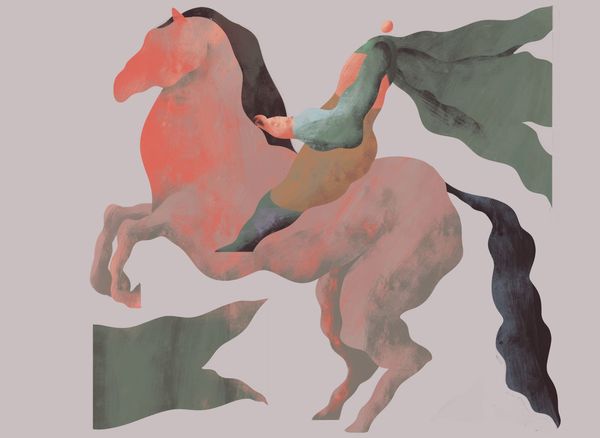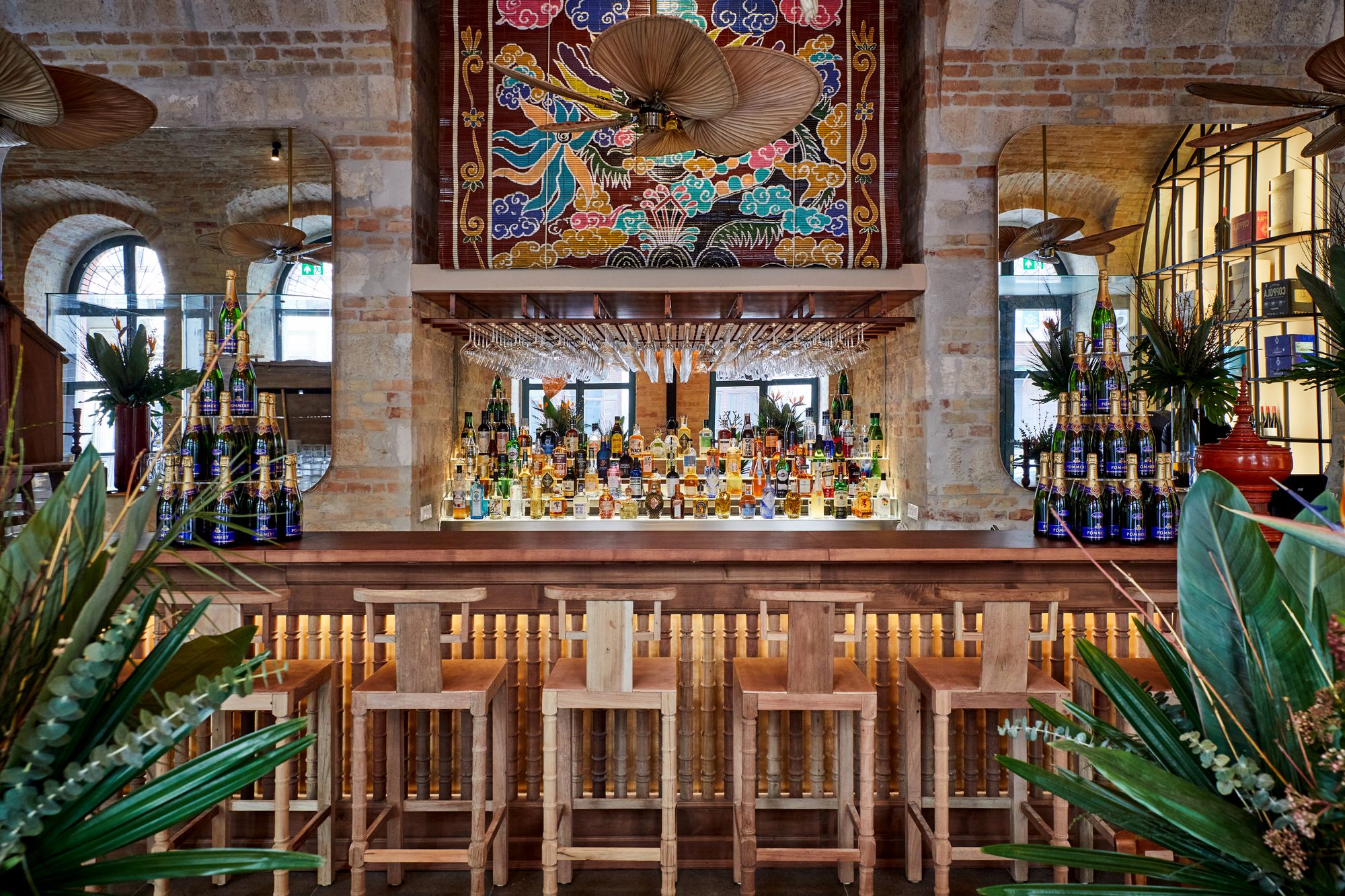Anyone who has been to Asia knows that you have to go back many times to get a taste of the culture the continent’s countries. Browsing through history books just doesn’t cut it; to discover the real dynamics, you need to visit new countries, get to know the locals, see their homes, and hear their stories. And above all, to taste their food, because thorugh each dish you can get a sense of what has happened over decades or centuries. Fasten your seatbelts, we will continue our journey and we won’t stop until Indochina—our destination is the OPIUM!
Last year, I ran a series very close to my heart called Like a local: month by month, my photographer Krisztina Szalay and I featured three of my favorite places. The choice was often ad-hoc, and a bit cacophonous, but that’s how I ended up at QUI in Arany János Street, which mainly showcased the cuisine of Thailand, but with Chinese and Vietnamese elements. The restaurant continued the mission that Sáo, and then KHAN have undertook: to show that East Asia is a land of colors and flavors, a little different at every corner, and with many nuances. This is reflected in the team, as the founders (originally fashion designer Anh Tuan, textile designer Nguyen Thuy Phuong, and hairdressers Song Tao Wang and Dániel Regős) come from different cultures themselves, but they know that food and eating together has an overall community-building effect.
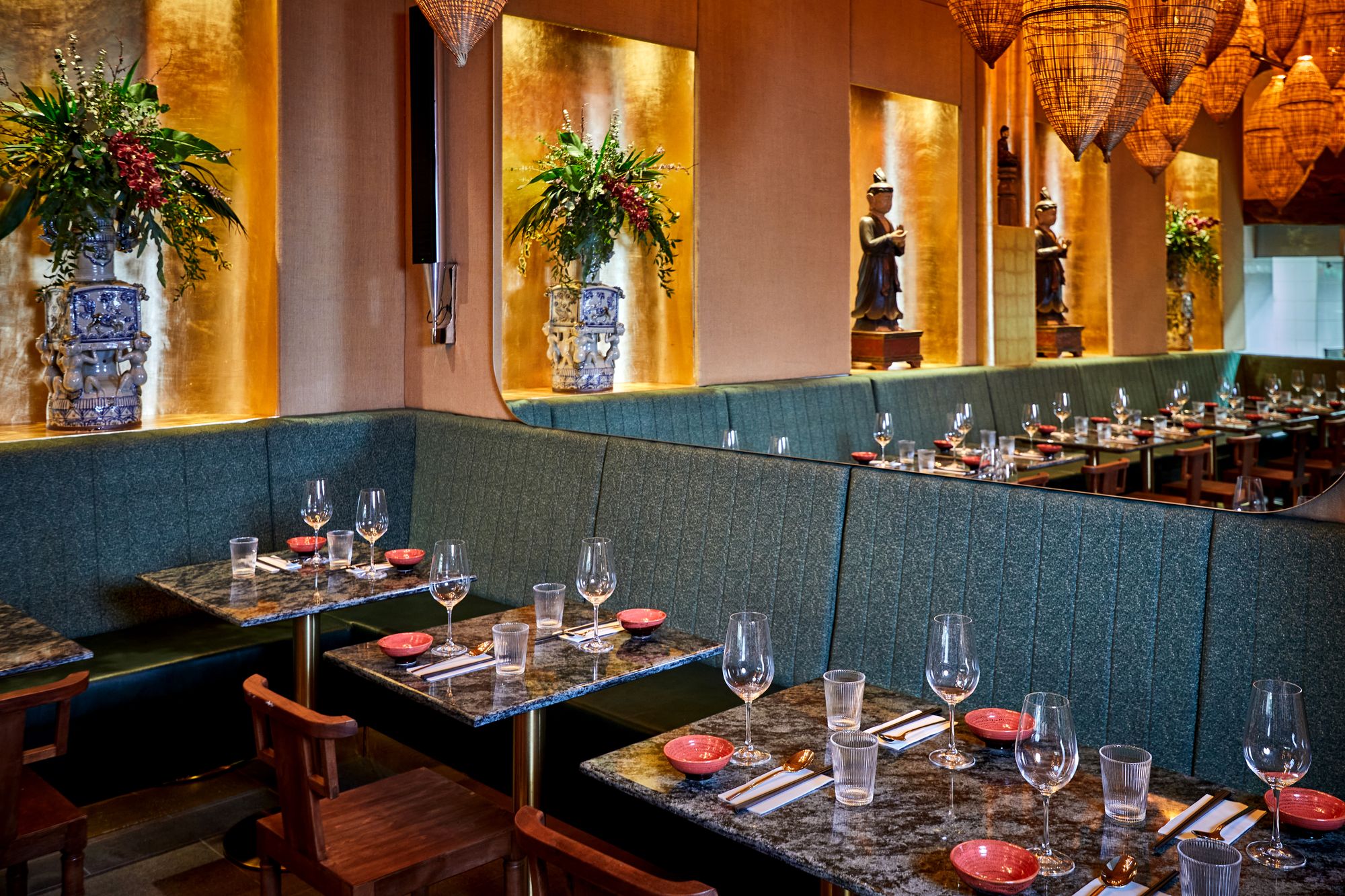
This is an essential idea, especially since they have a team of about 120 people: Chinese, Vietnamese, Thai, Japanese, people from far away and looking for a home in Hungary, who are like a big family. Each restaurant is a little bit theirs too, so the owners have long thought that there might be an opportunity to show their story from a different angle. They didn’t have to go far for the solution, just next door—the space next door to Qui, which had been vacant for years, first came into their lives by chance, because when the restaurant was being renovated, a wall had collapsed and they had caught a glimpse of the large space behind it. Two years ago, they set to work, and OPIUM, which brings French-Vietnamese fusion cuisine with a touch of the region’s history, quietly opened a month and a half ago. From 1887, the territory of present-day Laos, Vietnam, and Cambodia was part of Indochina and a French colony until 1946. Alongside the political changes, this left a deep imprint on gastronomy, with the emergence of new ingredients and the spread of fusion cuisine. In this case, it is not just an appealing but empty phrase, but a reality, as people have had to accept the new rules of the game while trying to preserve their own traditions. OPIUM tries to illustrate this, taking a little from here and a little from there. It’s like a frame where the emphasis is on eating together—as the owners say, the best way to get to know a country is to ‘eat it’.

This is how the restaurant came to be, organically built into the fabric of the previous ones, literally, because the team, the kitchen, and the interior dining space are all partly shared. If you’re an insider (or a journalist), you can walk around the premises, and suddenly step from one corridor into another, and arrive at OPIUM from QUI. The open kitchen has also been arranged with two L-shaped spaces facing each other, the former complemented by a huge grill area to support the new menu. The prep areas can serve both restaurants, and a future successor, as a Japanese unit is also in the making on the lowest level, with an oval counter where it is planned that the Japanese chef will prepare everything in front of us.
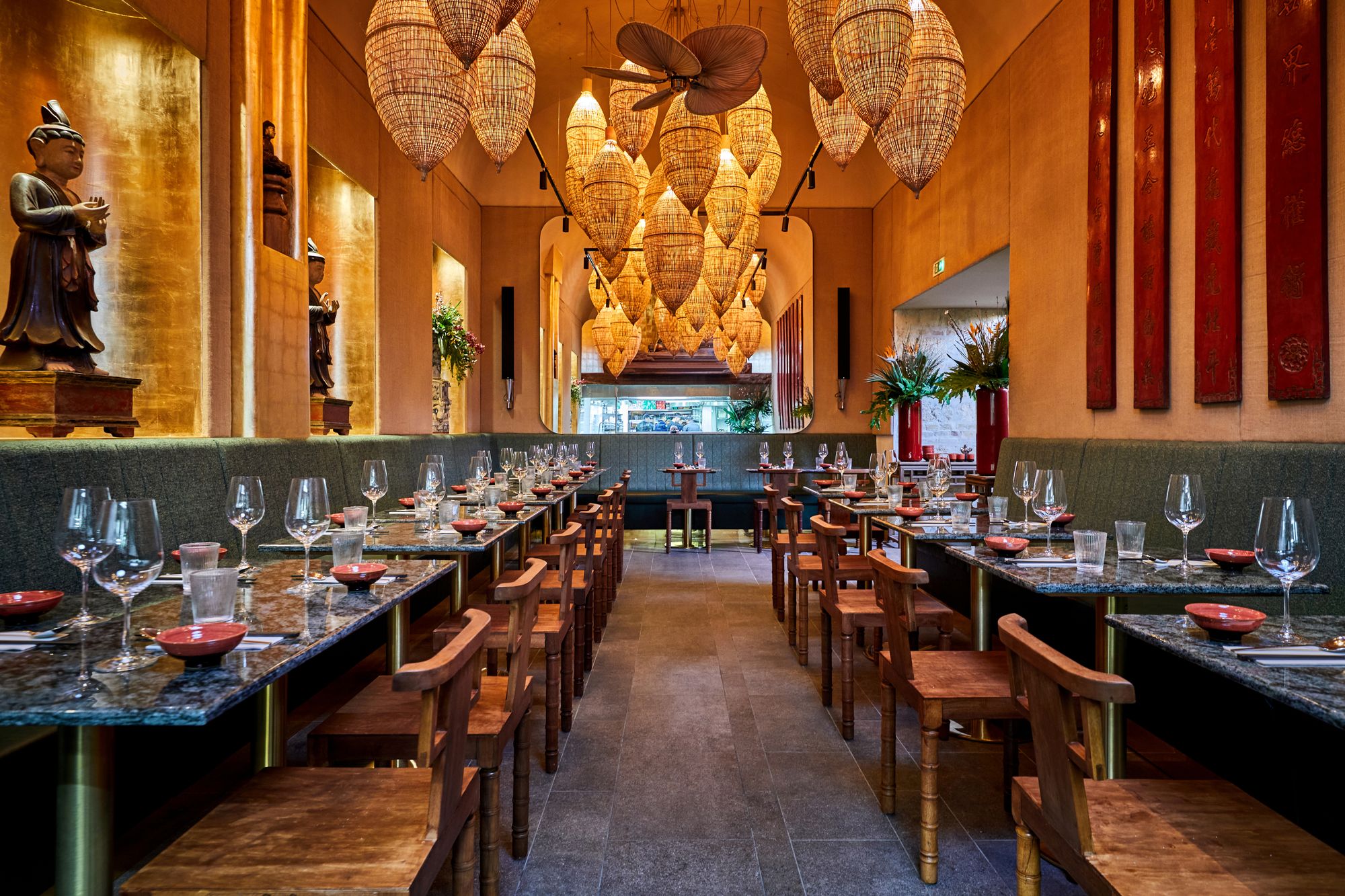
OPIUM is a little different though. Although it has private areas, it’s more spacious and airy, resonating with the atmosphere of a wine bar, ideal for larger groups, but thanks to the food and the genuinely friendly service you can sit down for a quick lunch alone or with someone. The elegance of the place is down to the authentic handmade furniture and finishes, with strong Bauhaus and Ming dynasty influences. Everything is part of their own collection, so there are decorative items that were saved for other restaurants, but have now found a home. The feeling, however, is that no matter how diverse everything is, it’s all in place, which is reflected in the food.
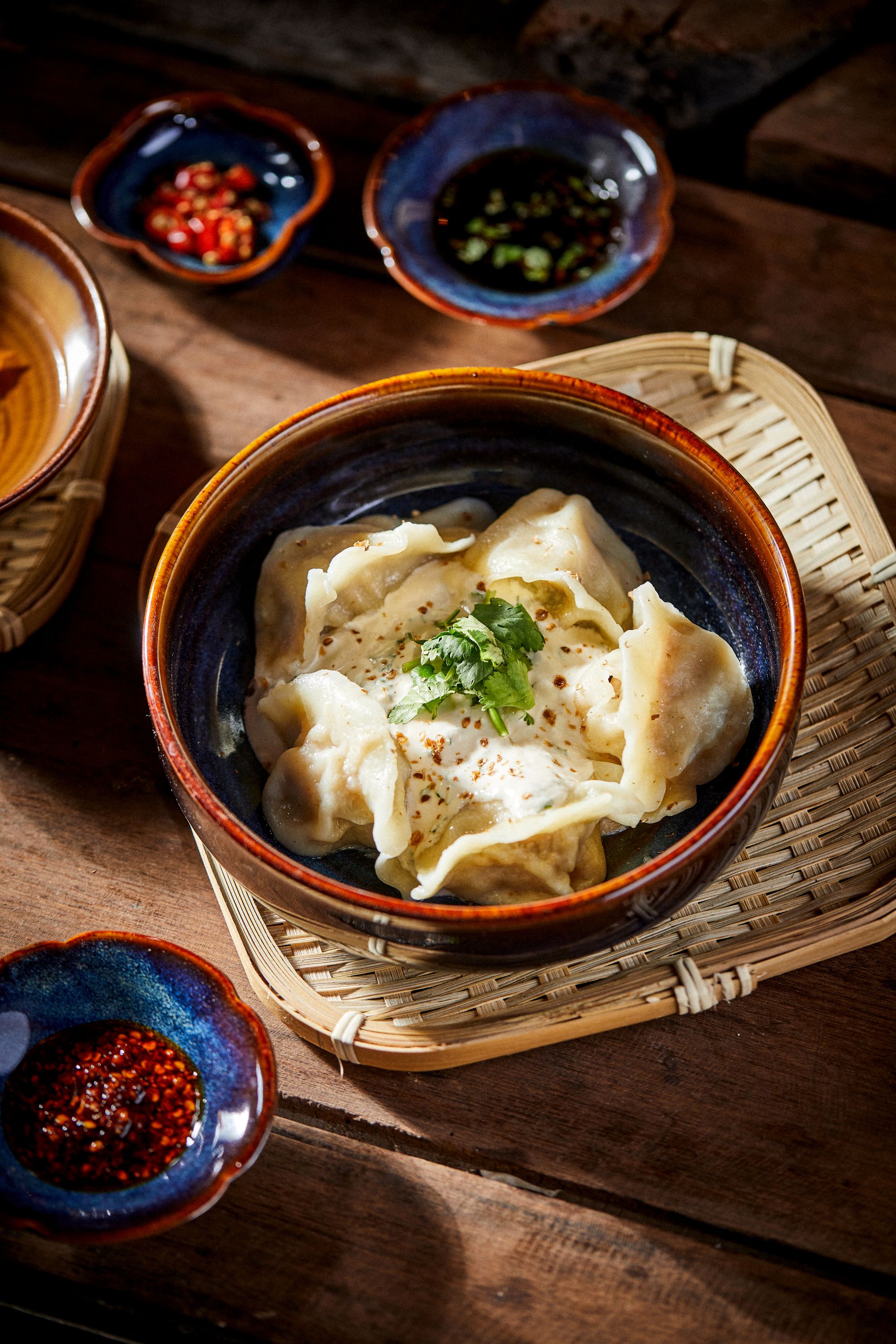

Divided into different categories, the menu takes us on a culinary adventure, with exciting, insightful dishes that tell a story of colonial times. The best example is the baguette, or more precisely the bánh mi, a sandwich made with French pastry and liver pâté. The same applies to the use of butter, although it is not typical of Asian cuisine, but the French could not do without it. It also appears in an accentuated, surprisingly rich dish, accompanying the beefsteak. We could also mention slow-cooked, ragout dishes such as boeuf bourguignon, a technique that is used in mijoté dishes, where vegetables and meats are steamed over a slow fire for a long time. In contrast, there are also classic Vietnamese/Thai dishes, such as salads with fresh herbs, lime, mango, prawns, bamboo shoots, and cucumber, but also the dim sum (or dumpling) culture, common in both Central Vietnam and China, appears in various forms, cooked in a steam oven. You can also try battered bao and folded jiao zi, with homemade noodles filled with ingredients such as crab, or a specialty, the bánh nậm, a flat small dumpling made of tapioca flour, crab paste, and pork steamed in banana leaves. Even the summer roll has a twist because the rice noodles are left out, replaced by a kneaded beef patty so you can dip it in peanut sauce. And we haven’t even talked about the noodle dishes made in wok and with sauce or fried rice with crispy rice. Or soups, which also include a version made with wine in a surprising yet successful form.

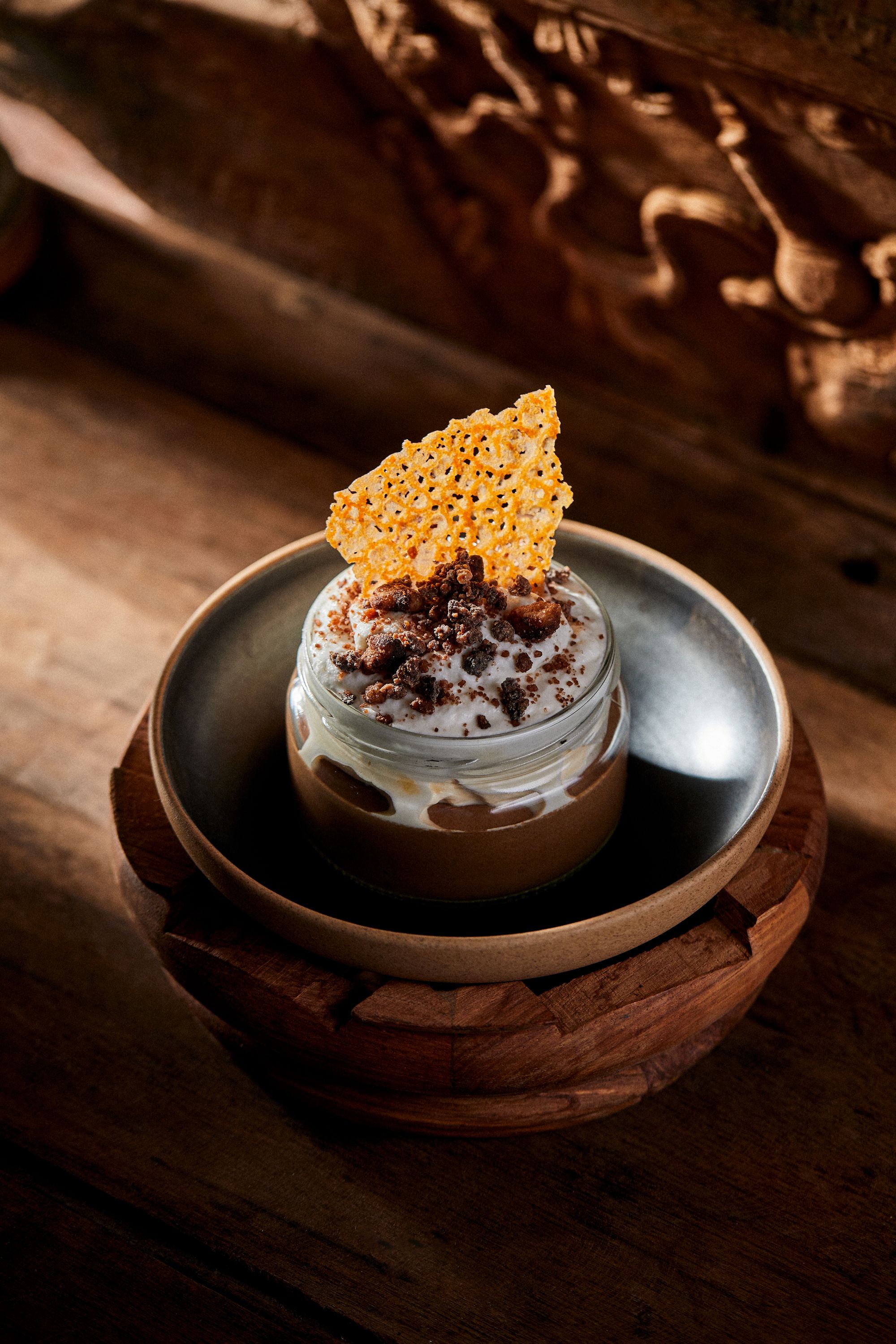
Anyone who tastes a meal here is almost immediately tempted to return. The solution is that the menu is full of small plates that you should ask for more of and share. Have a taste of this and that, explore, connect, and most of all have a good time, which may involve eating the chicken wing in a sticky bun, the canh ga chien, with your hands in the shade of St. Stephen’s Basilica, or just pinching another bite of the bún chả with chopsticks. Or you can come and try the upcoming brunch bites, with egg dishes and more baguettes, because really, the journey is only beginning.
Photos: Áron Erdőháti
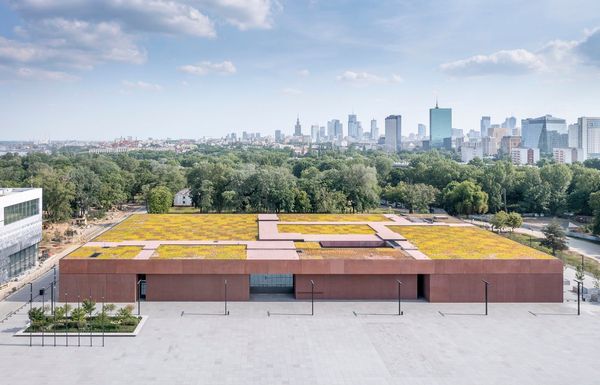
Combining the old and the new—Polish Army Museum

Satin, Soil, Stomach—you can visit the hypest exhibition of Košice for two more weeks
